When it comes to furnishing our homes, the debate between natural rugs and carpets and the usual chemical-laden options is more than just about aesthetics. It’s a concern that impacts our health, environment, and well-being. Unveiling the truth behind these products can lead to more informed decisions for a healthier living space.
While synthetic rugs may offer affordability and variety, they come with a hidden cost to our health and environment. Understanding the benefits of natural alternatives is the first step towards a safer choice for your home.
What Are the Health Risks Associated with Synthetic Rugs?
Synthetic rugs often contain a cocktail of harmful chemicals. From volatile organic compounds (VOCs) to flame retardants, these substances can off-gas into your indoor space, potentially causing health issues like allergies, asthma, and other respiratory problems.
The production of synthetic rugs often involves petroleum-based materials such as nylon and polyester. These materials can release toxic fumes, especially when new. Prolonged exposure to these chemicals is a concern, particularly in homes with children and pets who have smaller bodies and developing systems.
Moreover, the adhesives and dyes used in synthetic rugs can also contribute to the overall chemical load. These substances have been linked to neurological problems and hormone disruption, posing a long-term risk to families.
How Do Natural Rugs Improve Indoor Air Quality?
Natural rugs, unlike their synthetic counterparts, do not emit harmful VOCs or other toxins into the air. Materials like wool, cotton, and sisal are inherently non-toxic and contribute to a cleaner breathing environment in your home.
Moreover, some natural fibers have the ability to absorb and neutralize indoor pollutants. Wool, for example, can effectively trap dust and allergens, keeping them out of the air you breathe. This property not only improves air quality but also makes natural rugs a superior choice for air purification.
In addition to their air purifying abilities, natural rugs also tend to be more durable and biodegradable, ensuring that they don’t persist in the environment long after their use.
What Are the Best Materials for Non-Toxic Rugs?
When choosing non-toxic rugs, consider materials such as organic cotton, wool, jute, sisal, and seagrass. These fibers are not only safe but also provide a variety of textures and styles to match any decor.
- Organic cotton is soft, easy to clean, and free from synthetic pesticides.
- Wool is naturally stain-resistant and has a luxurious feel.
- Jute adds a rustic touch and is incredibly durable.
- Sisal is ideal for high-traffic areas due to its robust nature.
- Seagrass offers a unique aesthetic with its distinct weave patterns.
Each of these materials has its own set of advantages, but they all share the common benefit of being eco-friendly and non-toxic.
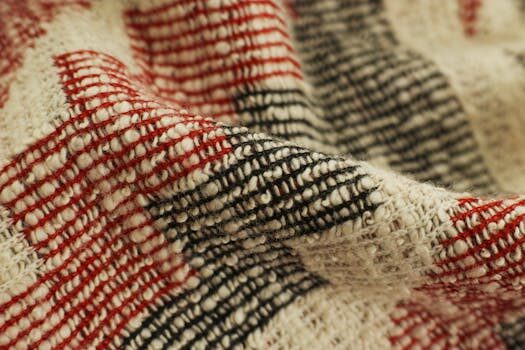
Which Brands Offer Chemical-Free Rugs?
Several brands are leading the way in offering chemical-free rugs, emphasizing the importance of creating a safer home. Brands such as Hook & Loom, Lorena Canal, and Grund prioritize eco-friendly practices and materials in their products.
Hook & Loom, for instance, is known for its commitment to environmental responsibility, using recycled materials and organic fibers without compromising on quality or design. Lorena Canal offers washable rugs that are perfect for homes with kids, and Grund prides itself on sustainable manufacturing processes.
These companies not only provide chemical-free options but also contribute to the movement towards sustainable living.
How Can You Identify Safe Rug Materials?
Identifying safe rug materials goes beyond just reading labels. Look for certifications such as GOTS (Global Organic Textile Standard) and OEKO-TEX, which ensure that products meet stringent safety and environmental standards.
It’s also important to trust your senses. If a rug emits a strong chemical smell, it’s likely off-gassing VOCs. Additionally, inquire about the manufacturing process and whether natural dyes and adhesives are used.
Researching the brand’s ethos and commitment to non-toxic products can further guide you in making a safe choice for your home.
What Are the Benefits of Using Natural Fibers in Rugs?
Natural fibers offer a plethora of benefits, from improving indoor air quality to being gentle on the environment. They are renewable resources that biodegrade at the end of their life cycle, unlike synthetic materials that add to landfills.
Using natural fibers in rugs also means embracing materials that are inherently hypoallergenic and antimicrobial. This is especially beneficial for homes with allergy sufferers or anyone looking to maintain a cleaner living space.
Natural fibers can contribute to a home’s aesthetic, adding a sense of warmth and texture that synthetic fibers often cannot match. They also tend to be more durable and age gracefully over time.
 5 natural & non-toxic rug brands that are also beautiful
5 natural & non-toxic rug brands that are also beautifulHow Do You Care for Your Non-Toxic Rugs?
Caring for non-toxic rugs involves simple yet effective steps to ensure they last a long time while maintaining their natural beauty. Regular vacuuming is key to removing dust and allergens trapped within the fibers.

When it comes to spills and stains, spot cleaning with mild, natural detergents is recommended. It’s essential to avoid harsh chemicals that could damage the fibers or compromise the rug’s non-toxic quality.
For a deeper clean, professional organic carpet cleaning services can be utilized. These services use eco-friendly solutions and methods that are safe for your rug and your family.
Related Questions on Choosing Safer and Sustainable Rugs
What Are the Health Risks Associated With Synthetic Rugs?
Exposure to synthetic rugs can lead to respiratory issues, skin irritation, and long-term health concerns due to the presence of toxins and allergens.
Children and pets are particularly at risk, as they are more susceptible to the effects of chemical exposure. Opting for natural rugs is a preventative step towards safeguarding their health.
How Do Natural Rugs Improve Indoor Air Quality?
Natural rugs act as air purifiers, trapping pollutants and allergens. Their breathable fabrics allow for a more regulated humidity level, contributing to healthier indoor air quality.
Materials like wool not only filter the air but also regulate moisture, creating a balanced environment that is less prone to mold and mildew.
What Are the Best Materials for Non-Toxic Rugs?
The best materials for non-toxic rugs include organic cotton, wool, jute, sisal, and seagrass. These materials are renewable, biodegradable, and free from harmful chemicals.
Each material offers unique textures and durability, allowing for customization based on your lifestyle and needs while maintaining a non-toxic standard.
Which Brands Offer Chemical-Free Rugs?
Brands like Hook & Loom and Lorena Canal are known for their commitment to producing chemical-free rugs. They ensure their products adhere to strict environmental and safety standards, offering peace of mind for consumers.
Brand reputation, certifications, and transparent manufacturing processes are indicators of a company’s dedication to providing safe, eco-friendly rugs.

How Can You Identify Safe Rug Materials?
To identify safe rug materials, look for natural fibers and certifications that guarantee no toxic substances were used in the production. Trustworthy brands will often provide detailed information about their materials and processes.
It’s also wise to avoid rugs with a strong chemical smell or those that do not provide transparency regarding their manufacturing practices.
What Are the Benefits of Using Natural Fibers in Rugs?
Natural fibers offer numerous benefits, including environmental sustainability, improved health, and aesthetic appeal. They are also more durable and comfortable underfoot, making them a wise investment for any home.
Apart from their practical advantages, natural fiber rugs also support responsible manufacturing and contribute to a greener planet.
How Do You Care for Your Non-Toxic Rugs?
Proper care for non-toxic rugs includes regular vacuuming, prompt stain treatment with natural solutions, and professional organic cleaning services when necessary.
Maintaining these rugs without the use of harsh chemicals not only preserves their integrity but also ensures that they continue to contribute to a safe and healthy home environment.
As we consider the impact of our choices on health and the environment, choosing natural rugs and carpets over synthetic options becomes more than a decor decision—it’s a commitment to a better, more sustainable future.
 3 Best Natural and Non-Toxic Rug Brands: A Healthier Choice for Your Home
3 Best Natural and Non-Toxic Rug Brands: A Healthier Choice for Your Home
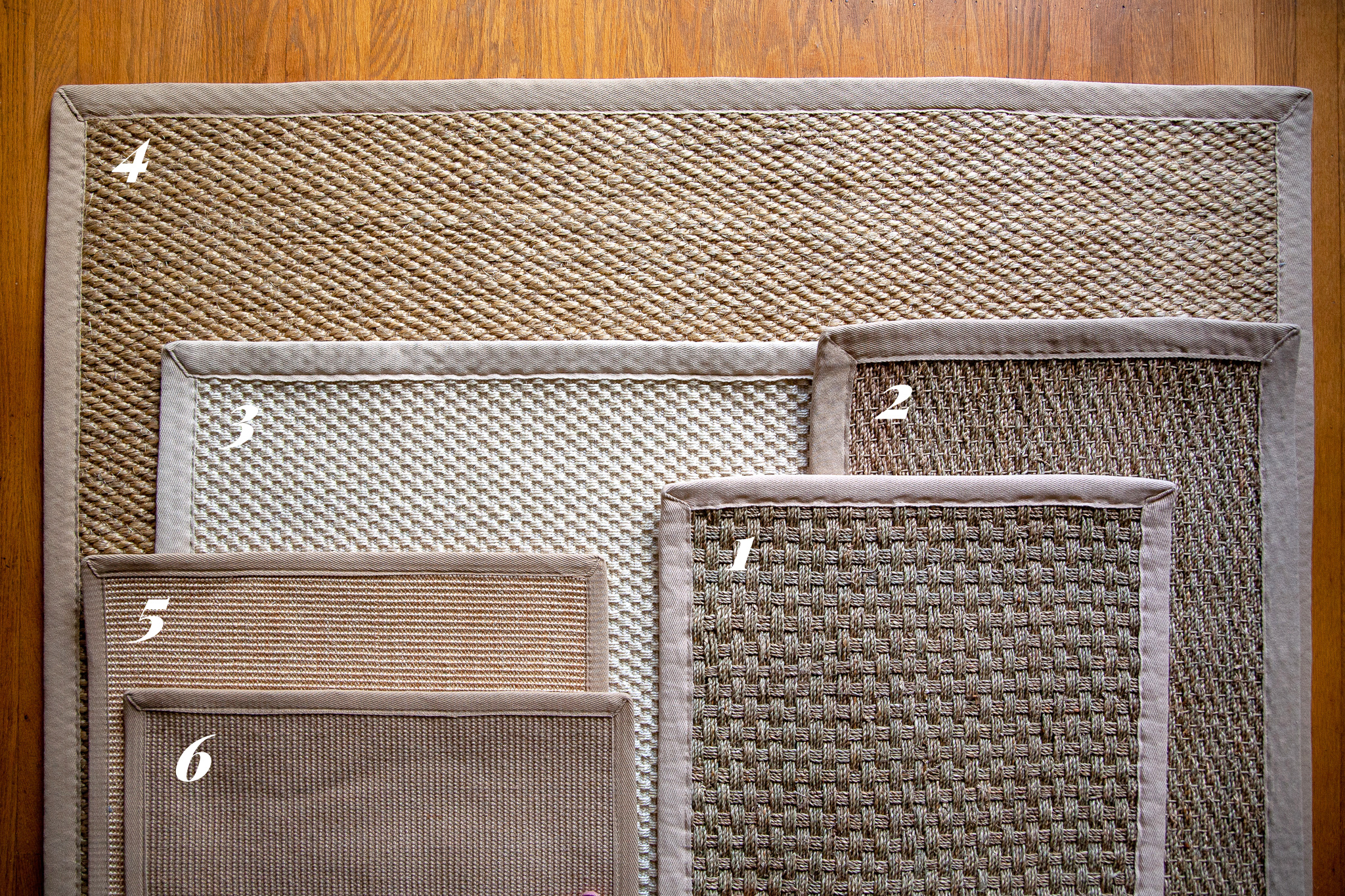
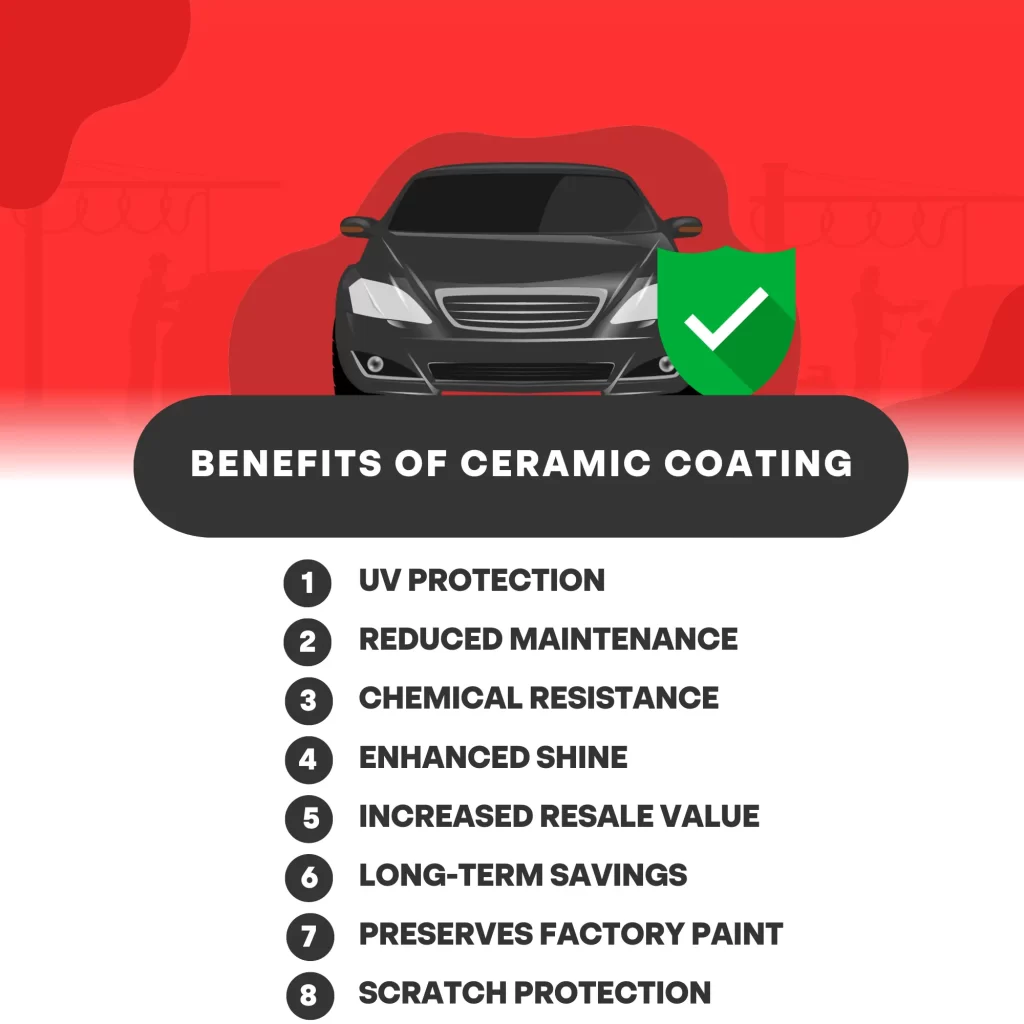


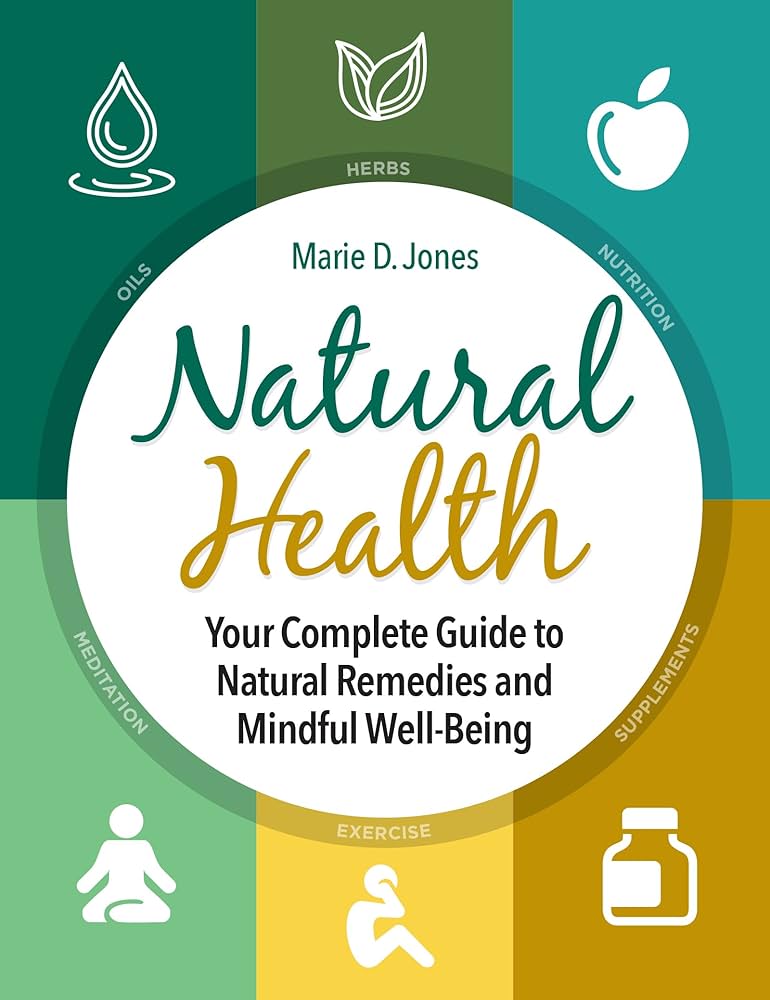
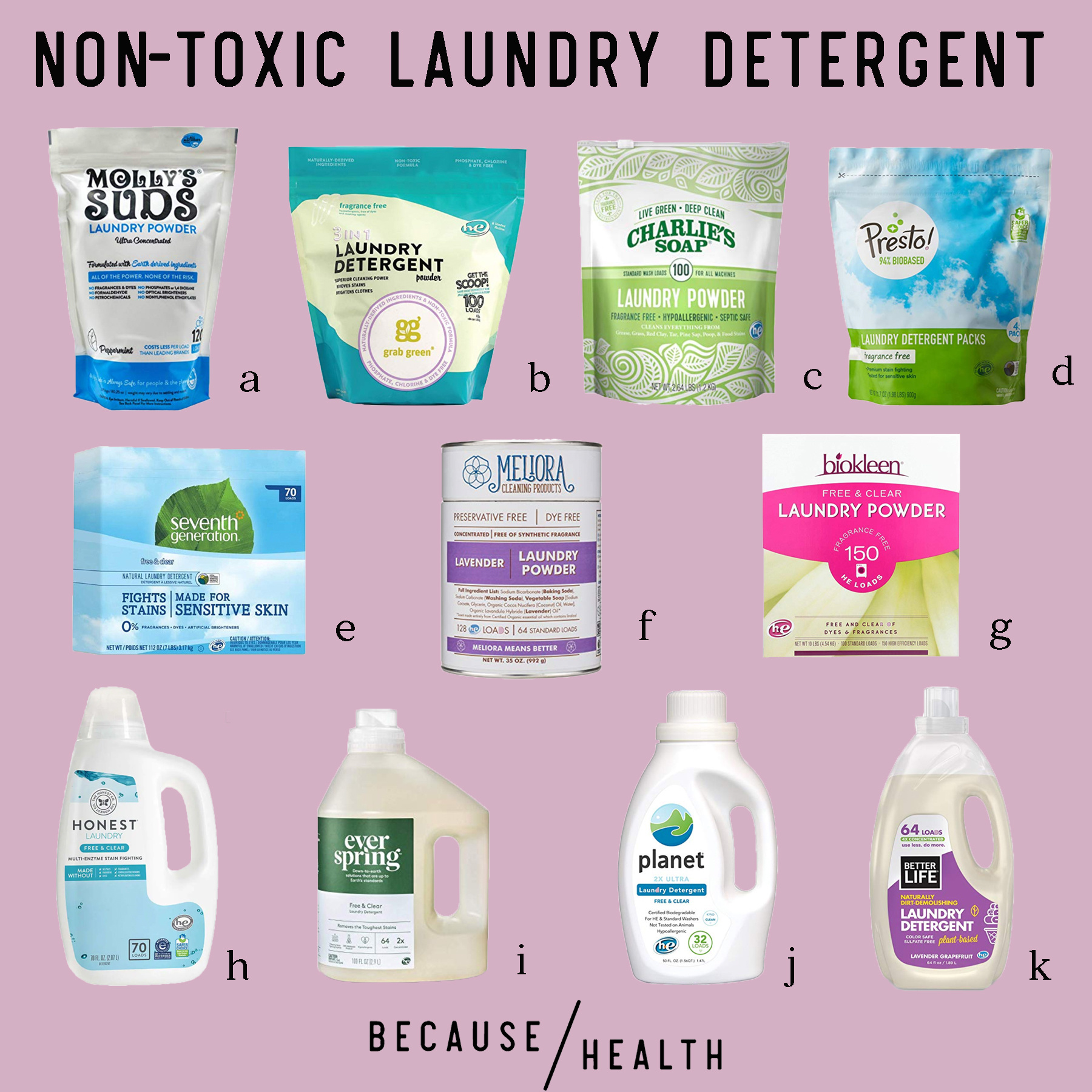
This post is such an eye-opener! It’s crazy to think about all the hidden chemicals in everyday items like rugs. I love how you broke down the benefits of natural options and shared brands that prioritize eco-friendly practices. It feels good to know that making a healthier choice for our homes can also support sustainable living. Thanks for shedding light on this important topic!